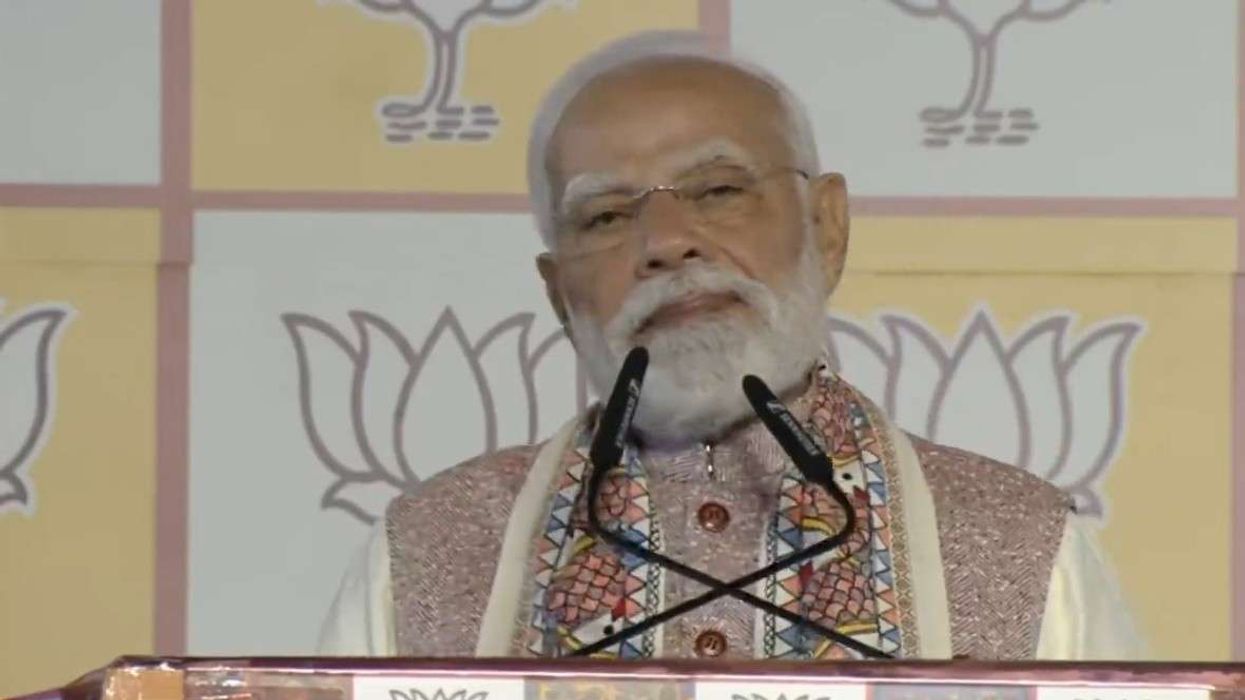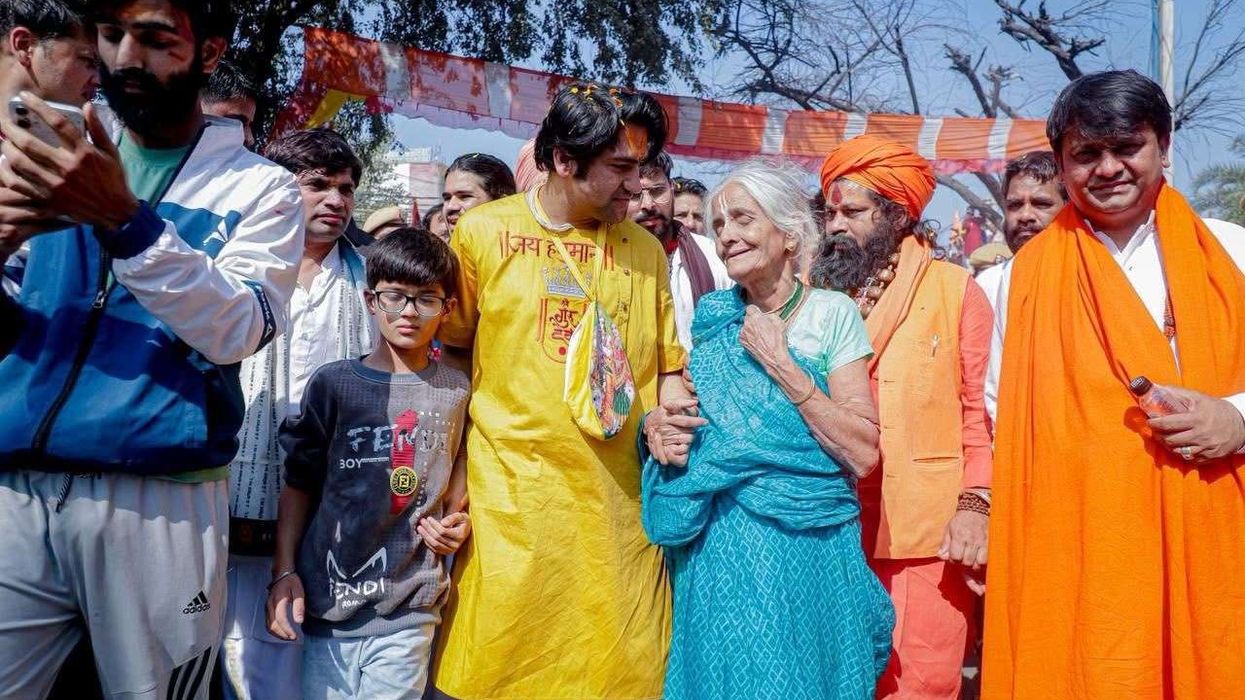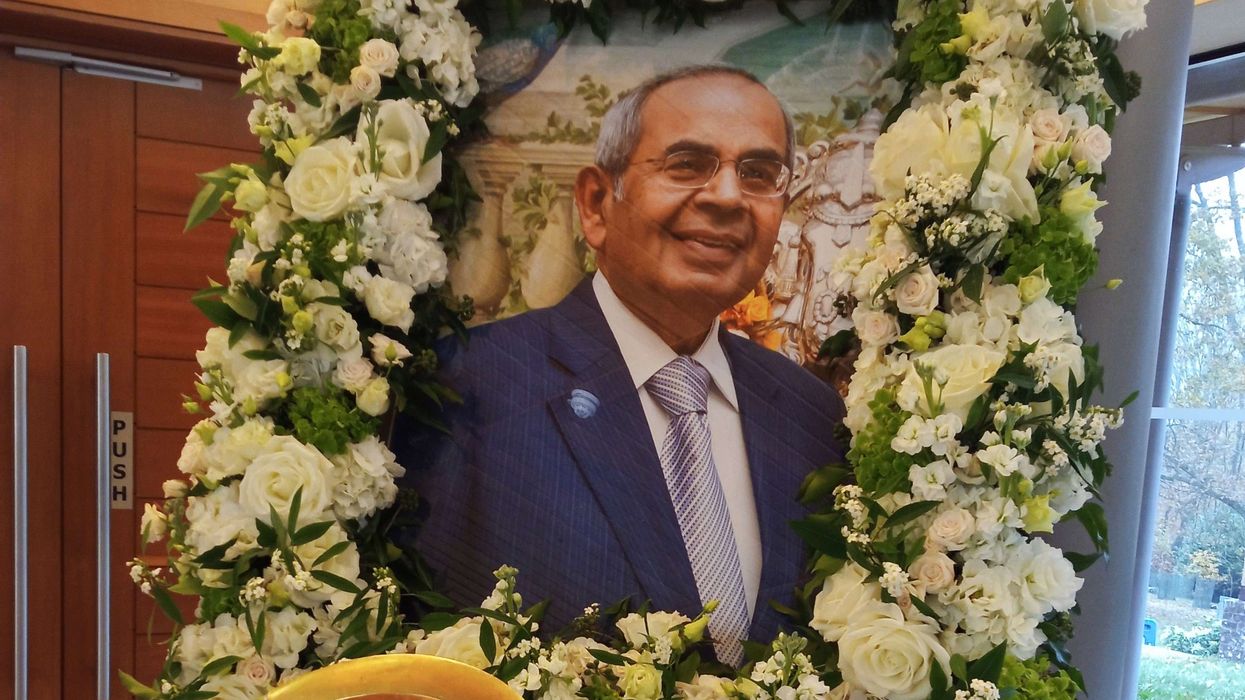LARRY Lowe, a 54-year-old man from Omagh, Northern Ireland, says his life has been significantly impacted since receiving the Pfizer Covid-19 booster on 15 December 2021.
Previously healthy, Lowe experienced numbness on the right side of his face within days of receiving the vaccine.
The numbness has spread throughout his body, leading to increasing pain over the years. Multiple doctors across the UK have attributed his symptoms to the vaccine, reported the BBC.
Pfizer, in response, stated that patient safety is a priority and that adverse reactions are taken seriously. It emphasised that hundreds of millions of doses have been administered globally, with the benefit-risk profile of the vaccine remaining positive.
Lowe, who was referred to Guy's and St Thomas' Hospital in London, was informed that his body was recognising the vaccine as a toxin, causing nerve damage on the right side of his face.
Specialists at the hospital and a neurologist at the Southern Health Trust confirmed the vaccine as the main cause of his condition, diagnosing him with trigeminal neuropathy and small fibre sensory neuropathy, reported the BBC.
Lowe suffers from severe pain, light sensitivity, and dry eye syndrome, making daily life difficult. He has had to medically retire from his job as a college lecturer and states that his condition is progressively worsening. He said he feels as though he has been "left to rot."
Despite praising medical professionals for their efforts, Lowe believes that available treatments have not helped him, and he now seeks both medical and psychological support. His wife, Gini, said their lives have been turned upside down by his condition.
The Northern Ireland Public Health Agency maintains that the benefits of Covid-19 vaccines outweigh the risks, with serious side effects being rare.













